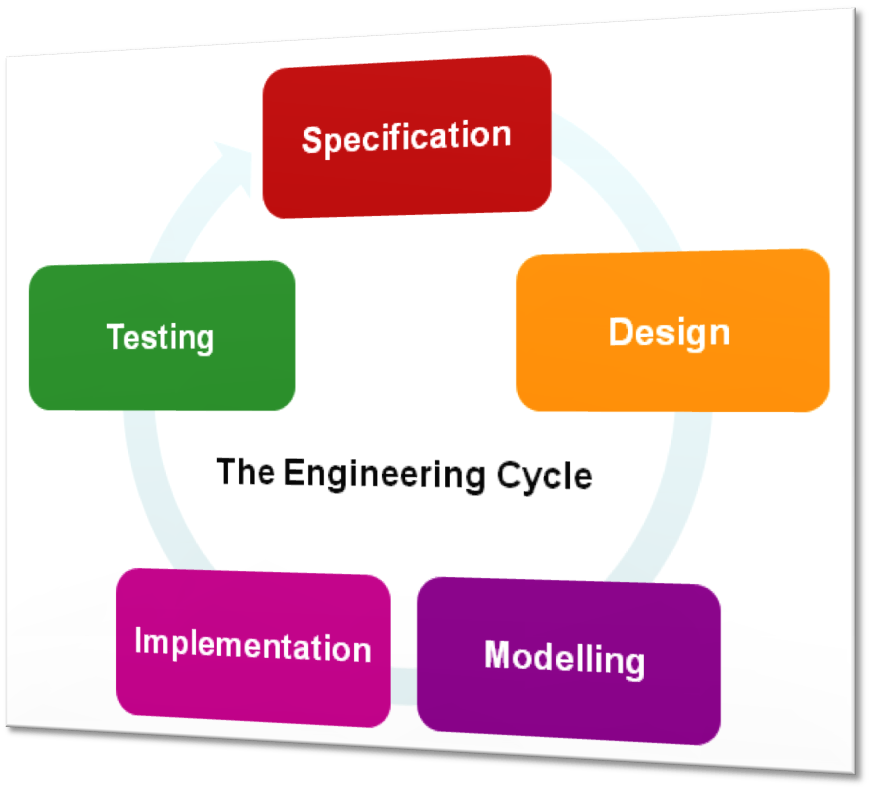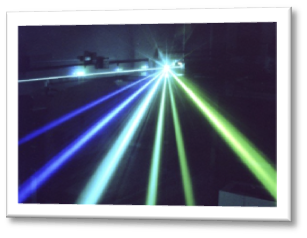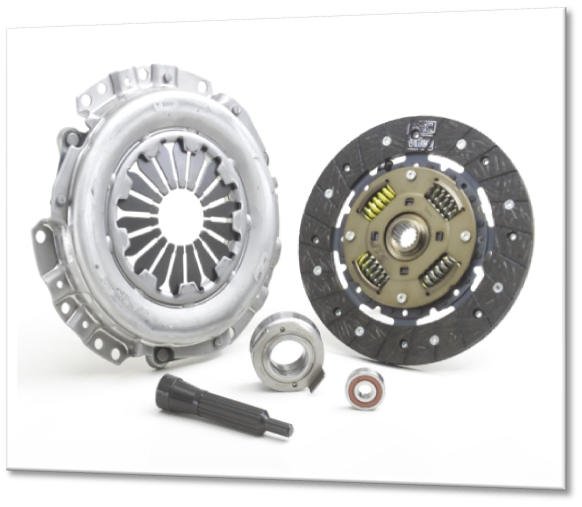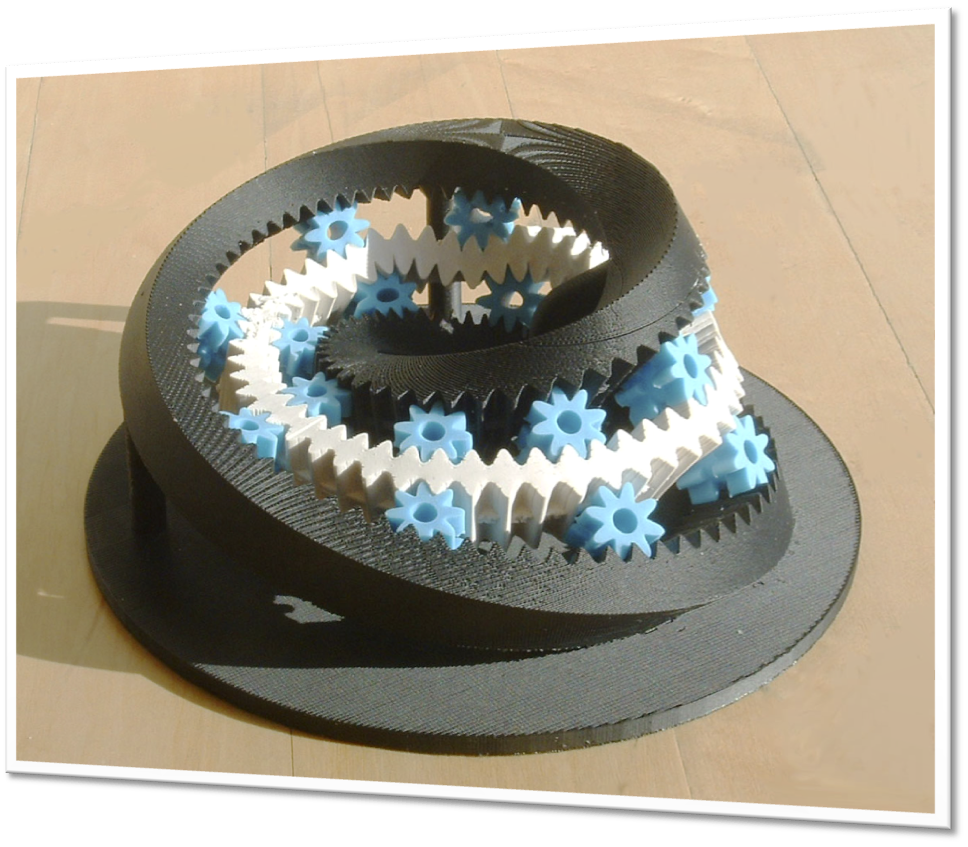Team:Imperial College/New/Project
From 2008.igem.org
(Difference between revisions)
m (New page: {{Imperial/StartPage2}} __NOTOC__ <font size=5px color=#E5EBFF>Biofabricator Subtilis</font> {| cellpadding="1" style="background:#2B48B3; border:4px solid #E5EBFF; color:#E5EBFF" align...) |
m |
||
| Line 2: | Line 2: | ||
| - | + | {{Imperial/Box1|Biofabricator Subtilis|In designing our ''Biofabricator Subtilis'', we followed the engineering approach for synthetic biology. | |
| - | + | ||
| - | {| | + | |
| - | | | + | |
| - | In designing our ''Biofabricator Subtilis'', we followed the engineering approach for synthetic biology. | + | |
We started with a set of basic specifications our project must meet in order to fulfill our aim of designing a genetically-engineering biofabricator. Since there are three main parts to our project, our specifications can be broadly classified into three categories - light sensing, motility control and biomaterial synthesis. | We started with a set of basic specifications our project must meet in order to fulfill our aim of designing a genetically-engineering biofabricator. Since there are three main parts to our project, our specifications can be broadly classified into three categories - light sensing, motility control and biomaterial synthesis. | ||
| - | | | + | |[[Image:Imperial_2008_Engineering_Cycle.png|right|250px|Our design process]]}} |
| - | [[Image:Imperial_2008_Engineering_Cycle.png|right|250px|Our design process]] | + | |
| - | + | ||
| - | + | ||
<font size=5px color=#E5EBFF>Our Specifications</font> | <font size=5px color=#E5EBFF>Our Specifications</font> | ||
| - | + | {{Imperial/Box2|Light Sensing|* The photoreceptor must have a short response time, preferably under one minute. | |
| - | {| | + | |
| - | + | ||
| - | + | ||
| - | | | + | |
| - | * The photoreceptor must have a short response time, preferably under one minute. | + | |
* The light sensing pathway must be able to be coupled to an inducible promoter, to allow control of our downstream systems (motility control and biomaterial production). | * The light sensing pathway must be able to be coupled to an inducible promoter, to allow control of our downstream systems (motility control and biomaterial production). | ||
* The photoreceptor must be compatible with the chassis. | * The photoreceptor must be compatible with the chassis. | ||
* The pathway must not give rise to negative secondary effects such as interference with native pathways. | * The pathway must not give rise to negative secondary effects such as interference with native pathways. | ||
| - | | | + | |[[Image:Imperial_2008_Light_Sensing.png|right|250px]]}} |
| - | [[Image:Imperial_2008_Light_Sensing.png|right|250px]] | + | |
| - | + | ||
| - | {| | + | {{Imperial/Box1|* Quick and effective control of bacteria motility - we should be able to stop bacteria locomotion efficiently. |
| - | + | ||
| - | * Quick and effective control of bacteria motility - we should be able to stop bacteria locomotion efficiently. | + | |
* The mechanism for motility control should be reversible - bacteria should be able to regain locomotion after a certain recovery period, but this is not essential. | * The mechanism for motility control should be reversible - bacteria should be able to regain locomotion after a certain recovery period, but this is not essential. | ||
| - | | | + | |[[Image:Imperial_2008_Motility.png|right|250px|A clutch... Like, from a car?]]}} |
| - | [[Image:Imperial_2008_Motility.png|right|250px|A clutch... Like, from a car?]] | + | |
| - | + | ||
| - | {| | + | {{Imperial/Box2|Biomaterial Production|* Bacteria should be able to secrete large amounts of a self-assembling biomaterial into the growth medium. |
| - | + | ||
| - | + | ||
| - | | | + | |
| - | * Bacteria should be able to secrete large amounts of a self-assembling biomaterial into the growth medium. | + | |
* Biomaterial must be small enough to facilitate its secretion by the chassis. | * Biomaterial must be small enough to facilitate its secretion by the chassis. | ||
* Biomaterial should be compatible with tissue engineering or regenerative medicine.<br clear="all"> | * Biomaterial should be compatible with tissue engineering or regenerative medicine.<br clear="all"> | ||
| - | | | + | |[[Image:Imperial_2008_Moebius_Gear.png|right|250px|The Moebius Gear, produced by 3D printing]]}} |
| - | [[Image:Imperial_2008_Moebius_Gear.png|right|250px|The Moebius Gear, produced by 3D printing]] | + | |
| - | + | ||
<br clear="all"><hr> | <br clear="all"><hr> | ||
Revision as of 17:48, 24 September 2008
Our Specifications
|
|||||||||||||||||||
 "
"




